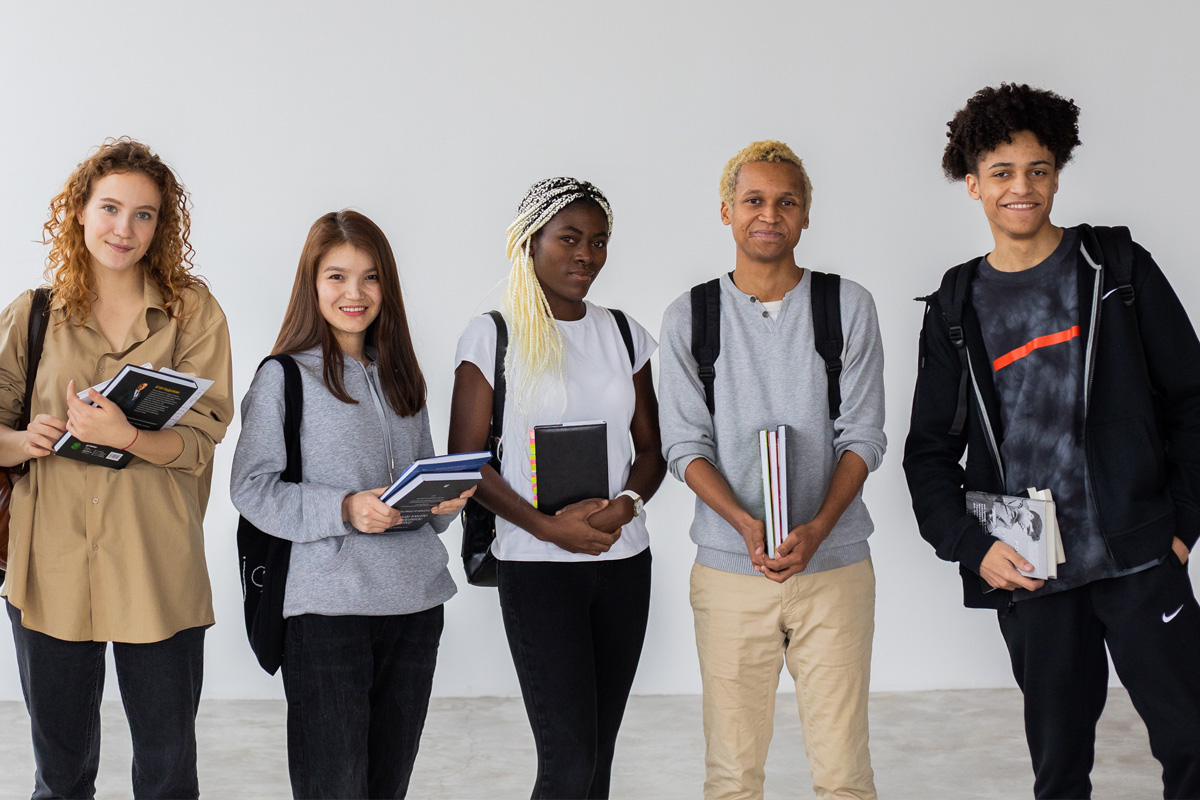Creating a More Just and Merciful World
Culturally Responsive Teaching Strategies For Inclusive Classrooms

With equity as a foundation, there are steps educators can take to make learning environments more culturally responsive.
Culturally responsive teaching strategies create safe spaces for all students. These methods incorporate students’ cultures, languages, and life experiences into lessons and school activities.
What is Culturally Responsive Education?
Culture encompasses the beliefs and social behaviors of societies that are passed down from one generation to the next. It also includes knowledge, customs, laws, arts, and habits.
Culturally responsive teachers understand classrooms are places to embrace and empower children. They recognize and appreciate diversity and the importance of students’ cultural references in aspects of learning. They practice a pedagogy that attempts to understand the cultural nuances that might cause the student-teacher relationship to break down, which can ultimately cause student achievement to suffer.
Culturally responsive teaching motivates students to excel in class. It is a research-based approach to teaching that uses cultural connections to encourage students to develop higher-level academic skills.
Characteristics of Culturally Responsive Teaching
Traits of educators who are culturally responsive include:
- Valuing students for who they are
- Being open to personal biases
- Knowing students as individuals
- Commitment to community building
By seeing multiculturalism as an asset, teachers who apply culturally responsive instruction raise awareness and expectations for all students. Educators can include the assets that diverse student populations offer in educational plans.
An inclusive curriculum helps students understand different perspectives and builds empathy. Representations of students’ identities should be authentic with materials that honor diversity.
Culturally Responsive Books
Classroom books and other printed materials are important in establishing a culturally responsive classroom. These materials should reflect the students and their interests. Culturally responsive teachers acknowledge and appreciate the cultures and languages of students and amplify their voices. They also critically examine books and materials, asking questions like:
- Do books serve as mirrors for students of color and the diversity of the classroom, school, and beyond?
- Is there a variety of books written by diverse authors of color?
- Are some books problematic representations?
- What voices are included or left out?
- In literature, who holds power and who doesn’t?
Steps to Cultural Responsiveness
Learning more about students starts by forming caring relationships with students. Consistent communication with families and participation in community activities are also part of the foundation.
Culturally responsive instruction also helps teachers reflect on how their own identity and experiences affect their attitudes and teaching practices.
Here are steps to building a culturally responsive classroom
- Educators should assess their own personal biases
Acknowledge that inequalities exist and take a look at personal biases. Teachers should educate themselves on racial-equity issues.
- Get to know students better
Learn more about your students’ personal and family lives. What are the socioeconomic, cultural, and educational factors that are affecting them?
- Customize your teaching and curriculum
Does your curriculum, standards, instructional methods and materials reflect the values and culture of your students? Observations, rubrics, and performance tasks are a few of the ways teachers can assess student performance and progress in a culturally responsive way.
- Involve students’ families and communities
Classroom learning extends beyond schools into the homes and communities of students. Support students by including their families into lessons.
Empower All Students
If you are an aspiring teacher or educator who is passionate about equity in education and incorporating a curriculum that addresses the needs of all students, check out the Master’s in Secondary Education degree from Carlow University. This master’s degree program offers training in culturally and linguistically relevant pedagogy. Courses such as Designed for Differences, which focuses on how teachers can create personal learning and individualized educational plans.
